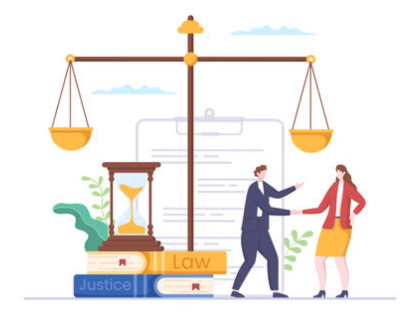The Insurance Industry's Use of Reinsurance
An essential component of the insurance sector is reinsurance. It enables insurers to share and distribute risks with other businesses in order to reduce significant losses.
Reinsurance acts as a safety net, guaranteeing that your provider has the resources to meet their commitments even in the case of significant natural disasters. You can have a better understanding of the implications of your annual renewal and coverage selections if you know how they operate.
1. Risk Management

Reinsurance lessens the risk that insurance firms face from catastrophic losses and evens out variations in their financial performance. Insurance companies can lower their combined ratios and reassure regulators that they have enough capital to pay claims when necessary by shifting some of their responsibility to reinsurers.
Reinsurers can also assist insurers in risk management by providing specialist knowledge in particular industries and geographical areas. By doing this, insurance companies are able to insure more policies than they could if they were to rely only on their own funds. In order to assist ceding firms in appropriately pricing their risks, reinsurers also provide expertise in loss modeling and pricing. This helps to create a stronger, more stable insurance market that offers choices for protection to both individuals and companies.
2. Preserving Equilibrium Finances

Sustaining solvency and good capital management are essential in a sector prone to financial shocks. In order to minimize losses and increase risk-bearing capacity, reinsurance spreads and shares risks, which offers invaluable support in this quest.
It is mandatory for insurance companies to uphold capital criteria and reserves to guarantee their ability to compensate policyholders for their claims. The amount that must be retained in loss reserve accounts and unpaid premium reserves is decreased when an insurer transfers all or part of its accumulated risks to reinsurers.
The financial issues facing insurance companies generally do not appear to have a systemic impact on financial stability, according to extensive market discipline and official scrutiny. Nevertheless, market discipline and reinsurance together can be powerful tools for protecting policyholders and assisting insurers in meeting regulatory compliance obligations.
3. Offering assistance with claims

Insurance providers must make sure they can pay claims made by their clients. Large-scale payouts following disasters may jeopardize an insurer's ability to maintain its financial viability. Reinsurance can assist in these situations by lowering the total number of losses that an insurer is required to cover.
Insurance firms can increase their underwriting capacity through reinsurance without having to pay extra capital expenses. As they expand their operations, new and startup insurance firms may find this to be crucial.
Insurers can fulfill regulatory compliance and solvency requirements with the aid of reinsurance. To preserve their financial stability and safeguard policyholders, insurers are required to adhere to stringent capital and loss reserve rules, for instance, which are frequently enforced by insurance regulators. Reinsurance offers a degree of protection against catastrophic losses, which can be helpful in this regard.
4. Boosting monetary ability

One of the many strategies insurers employ to boost capacity and preserve solvency margins is reinsurance. Primary insurance companies can reduce their exposures and expand their businesses without having to set aside more capital by assigning some of the risk to reinsurers.
The money that a primary insurer must set aside in two accounts—the loss reserve and the unearned premium reserve—can frequently be decreased by reinsurers. Reducing these two accounts aids the insurer in satisfying regulator-mandated minimum funding levels.
Furthermore, reinsurance distributes risk among several businesses, reducing the likelihood that a single disaster will bankrupt a single insurer. Consequently, this maintains affordable premiums for customers. Additionally, it makes it simpler for a business to grow and access new markets.
5. Boosting income

Reinsurance is bought by insurers primarily for financial reasons. Profitable reinsurance, in accordance with Njeru (Citation 2018), gives insurance businesses the money they require to make investments for increased profitability and expansion.
Reinsurance not only boosts profitability but also lowers risk. By doing so, the number of insured residences and commercial buildings that one company would lose in the event of a disaster might be decreased. This enables businesses to develop and broaden their activities without being concerned about going bankrupt in the event of a calamity.
Reinsurance is quite adaptable and may be made to match any company's specific requirements. It can cover particular risk categories, time periods, and geographic areas. In order to ensure that the rates paid are commensurate with the risks taken on, reinsurers collaborate closely with insurers to precisely assess and price risks.







